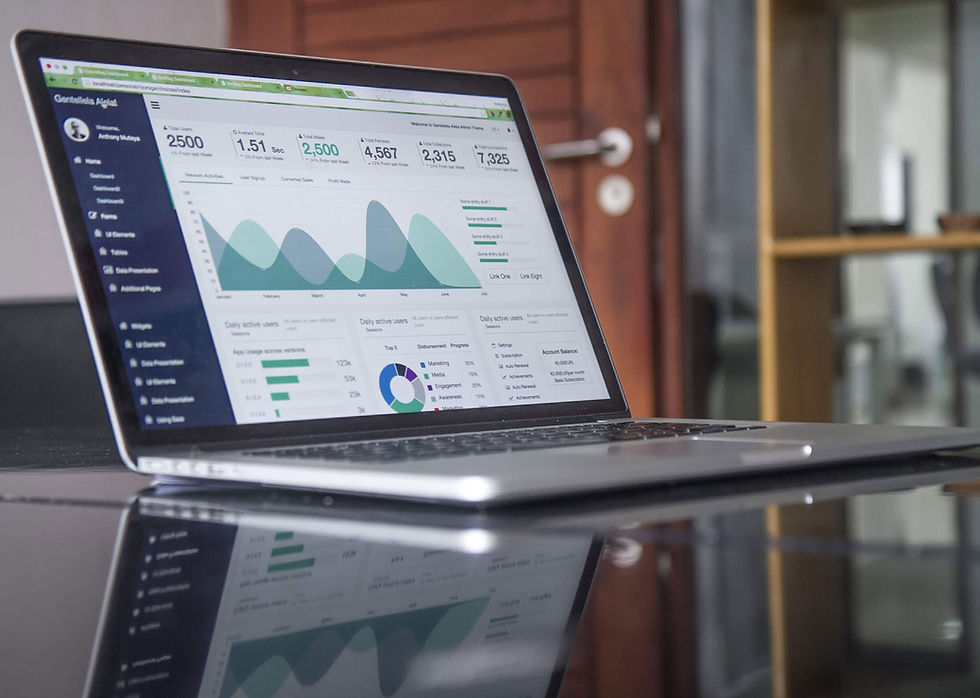Breaking News: Microsoft Announces Shocking Rebrand of Power BI to Excel 2.0!
- Jeffrey Leahy
- Apr 1, 2024
- 3 min read

The Next Chapter in Data Analytics: Power BI Evolves into Excel 2.0
In an unexpected yet intriguing turn of events, the data analytics community is buzzing with the news that Power BI, the go-to platform for business intelligence and data visualization, is set to undergo a significant transformation. The beloved tool known for transforming complex data into actionable insights is taking on a new identity, merging into the lineage of one of the most universally recognized software names in the world: Excel. Welcome to the era of Excel 2.0.
The decision to transition Power BI into Excel 2.0 isn't just a name change; it's a strategic move aimed at capitalizing on the widespread familiarity and comfort associated with the Excel brand. For years, Excel has been the cornerstone of data manipulation and analysis for millions of users worldwide, from students to professionals. By bringing Power BI under the Excel umbrella as Excel 2.0, the goal is to bridge the gap between traditional spreadsheet users and the dynamic world of business intelligence.
What Does This Mean for Users?
For current Power BI aficionados, this transition to Excel 2.0 represents an exciting expansion of capabilities within a familiar framework. Excel 2.0 will retain all the powerful features of Power BI, including advanced data modeling, real-time analytics, and rich visualization tools, now complemented by the intuitive, user-friendly interface of Excel.
Excel users, on the other hand, stand to gain a whole new world of possibilities. Imagine harnessing the power of Power BI's data analytics and visualization capabilities directly within your spreadsheets. The transition to Excel 2.0 promises to make advanced analytics more accessible than ever, breaking down barriers and democratizing data insights for a broader audience.

What Can We Expect from Excel 2.0?
Excel 2.0 is not just a rebranding; it's a reimagining of what integrated data analysis tools can look like. Here's a sneak peek into what users can anticipate:
Seamless Integration: The best of Power BI, including custom visualizations, data connectors, and AI-powered insights, all seamlessly integrated within the Excel environment.
Enhanced Collaboration: Excel 2.0 will leverage the cloud-based collaboration features that users love, making sharing insights and working together on data analysis easier than ever.
Advanced Analytics for All: With Excel 2.0, advanced analytics features become more accessible, empowering users at all levels to uncover insights and make informed decisions without the steep learning curve.
A Unified Platform: By consolidating two powerhouse tools into one, Excel 2.0 aims to become the one-stop solution for all data-related tasks, from simple spreadsheets to complex business intelligence reports.

Looking Ahead
As we stand on the brink of this transformative journey from Power BI to Excel 2.0, it's clear that the future of data analytics is about breaking down walls and opening up new avenues for exploration and insight. This strategic evolution reflects a commitment to empowering users by combining the strength of Power BI with the familiarity and widespread use of Excel.
As we eagerly anticipate the rollout of Excel 2.0, let's prepare to embrace the new opportunities and challenges this change will bring. The goal is clear: to make the power of data analytics available and accessible to everyone, turning data into insights and insights into action. Hopefully, you've found this exploration both entertaining and thought-provoking. But, do us a favor, take a quick glance at your calendar – yep, you've guessed it, today is April 1st! Whether this brought a chuckle to your day or a momentary gasp of astonishment, we're glad to have shared this playful journey into the "future" of Excel with you. Happy April Fools' Day!

Comments